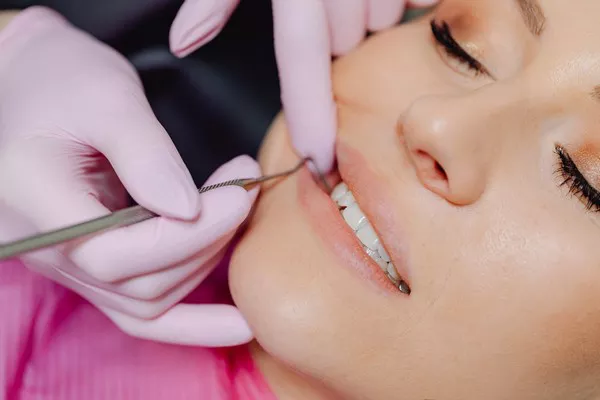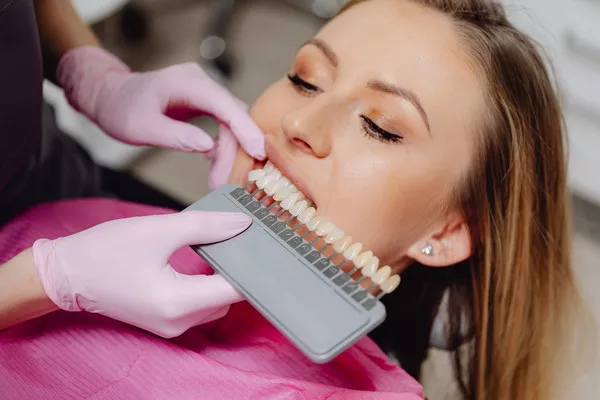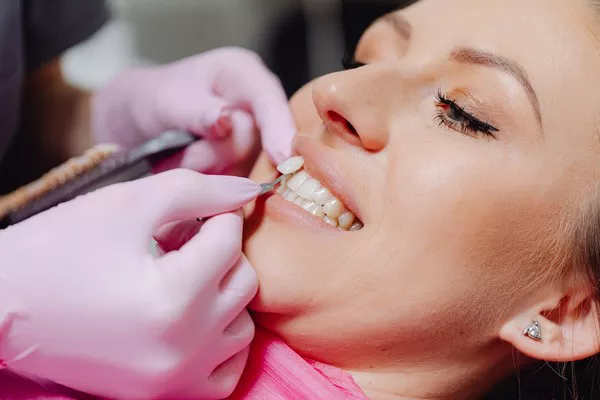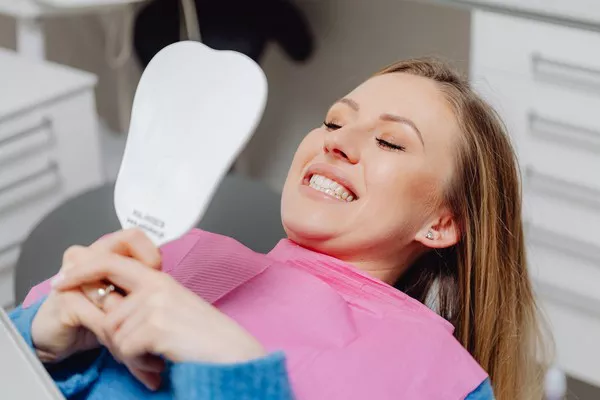Teeth whitening has become increasingly popular in recent years, with many individuals seeking a brighter, more confident smile. One common method for achieving whiter teeth is through the use of teeth whitening strips. While these strips can effectively remove stains and discoloration, it is essential to understand the importance of post-whitening oral care, specifically brushing your teeth after using teeth whitening strips. In this article, we will explore the reasons why brushing after whitening is crucial, the potential risks of neglecting this step, and provide practical tips for maintaining optimal oral health during and after the teeth whitening process.
Understanding Teeth Whitening Strips
Teeth whitening strips are thin, flexible plastic strips coated with a peroxide-based gel that helps remove surface stains from teeth. These strips are typically applied directly to the teeth and left in place for a specified period, allowing the active ingredients to penetrate the enamel and break down stains. While teeth whitening strips are generally safe and effective when used as directed, they can leave behind residual gel and debris on the teeth, making post-whitening oral care essential.
The Importance of Brushing After Whitening
Brushing your teeth after using teeth whitening strips is crucial for several reasons. Firstly, it helps remove any remaining whitening gel or debris from the teeth, ensuring a clean and fresh feeling in the mouth. This step also aids in preventing the buildup of plaque and tartar, which can lead to tooth decay and gum disease if left unaddressed.
Secondly, brushing after whitening promotes oral hygiene by eliminating bacteria and reducing the risk of bad breath. The whitening process can temporarily increase tooth sensitivity, making it even more important to maintain good oral hygiene practices to prevent any potential discomfort or complications.
Furthermore, brushing after whitening helps restore the natural pH balance in the mouth. The peroxide-based gel used in teeth whitening strips can temporarily disrupt the oral environment, making it more susceptible to bacterial growth. Brushing with a fluoride toothpaste helps neutralize acidity and remineralize the enamel, promoting overall oral health.
Risks of Neglecting Post-Whitening Oral Care
Neglecting to brush your teeth after using teeth whitening strips can have several negative consequences. Firstly, residual whitening gel left on the teeth can cause gum irritation and sensitivity. This can lead to discomfort and even pain when consuming hot or cold foods and beverages.
Additionally, failing to brush after whitening can result in the accumulation of plaque and tartar, leading to tooth decay and gum disease. The peroxide in the whitening gel can weaken the enamel temporarily, making the teeth more vulnerable to bacterial attack. Regular brushing helps remove plaque and prevents the formation of tartar, safeguarding oral health.
Moreover, neglecting post-whitening oral care can compromise the longevity of the whitening results. By not removing residual gel and debris, the effectiveness of the whitening treatment may be diminished, requiring more frequent touch-ups or additional whitening sessions.
Practical Tips for Post-Whitening Oral Care
To ensure optimal oral health and maintain the results of your teeth whitening treatment, follow these practical tips:
a. Brush gently: Use a soft-bristled toothbrush and gentle circular motions to brush your teeth after whitening. Avoid aggressive brushing, as it can further irritate sensitive gums and enamel.
b. Use fluoride toothpaste: Choose a toothpaste that contains fluoride, as it helps strengthen the enamel and protect against tooth decay. Fluoride also aids in remineralizing the teeth, counteracting the temporary enamel weakening caused by the whitening process.
c. Consider desensitizing toothpaste: If you experience heightened tooth sensitivity after whitening, consider using a desensitizing toothpaste. These toothpastes contain ingredients that help alleviate sensitivity and provide relief.
d. Rinse thoroughly: After brushing, rinse your mouth thoroughly with water to remove any remaining toothpaste or debris. This step helps maintain a clean and fresh oral environment.
e. Maintain good oral hygiene practices: Brush your teeth at least twice a day, floss daily, and visit your dentist regularly for professional cleanings and check-ups. These habits are essential for overall oral health and will complement the effects of teeth whitening.
Conclusion
Brushing your teeth after using teeth whitening strips is a crucial step in maintaining optimal oral health and maximizing the effectiveness of the whitening treatment. By removing residual gel, preventing plaque buildup, and restoring the natural pH balance in the mouth, brushing after whitening promotes a clean, fresh, and healthy smile. Neglecting post-whitening oral care can lead to gum irritation, tooth sensitivity, and compromised whitening results.
Related Topics:





























